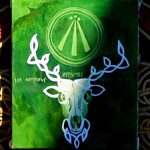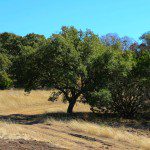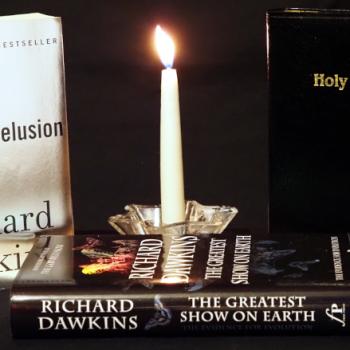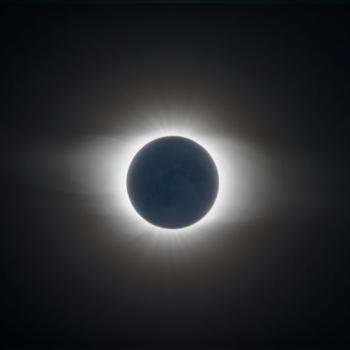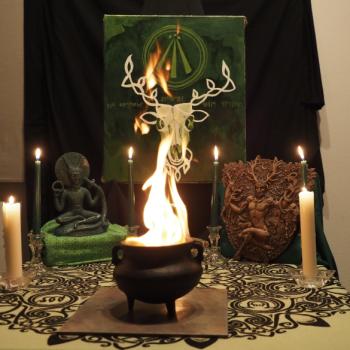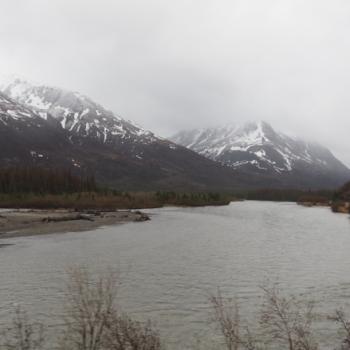I recently listened to an interview from last month with Emma Restall Orr on the Skeptiko podcast. Emma Restall Orr is a former Druid and author of several books, including The Wakeful World, an excellent exploration of animism. The interview was fascinating, though at times a bit uncomfortable – there were places where the host and the guest were clearly not on the same page and their very different speaking styles clashed.
What grabbed me was a statement fairly early in the podcast. In response to a question on the importance of place in an Druid practice, Emma Restall Orr said:
When I used to teach Druidry around the world — in the States, in South America, in Australia, all around, the sort of the Celtic or the British diaspora, the Druid diaspora — and I would be teaching people to explore the context, their ecology, the land that they’re living in, while at the same time understanding that the only way they can reach Druidry is through their ancestors, because Druidry is not the religion of that landscape, it’s the religion of, perhaps their ancestors. For me in Britain, I get Druidry through the landscape.
While I completely understand that her Druidry is rooted in the landscape of Britain, I don’t think the landscape of Britain is required to practice Druidry.
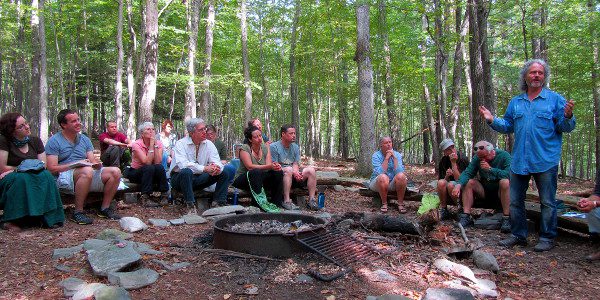
What is Druidry, anyway?
Druidry is the attempt to recreate, reimagine, and reconstruct the religion of the ancient Druids. The problem is that we know very little about what that religion actually was. As Ronald Hutton pointed out in The Druids, this has made them a blank slate on which many different people have projected many different ideas about what they thought they were or what they wanted them to be.
If you could walk up to someone in pre-Roman Britain and ask them about Druidry or about religion, it’s mostly likely they’d look at you funny. “Druids? Those are our priests, healers, and keepers of records and lore.” Druids were a class of people, not a belief system. “Religion? This is our land, these are our Gods and ancestors, here are the virtues by which we live.” The idea of religion as something separate from who you are and what you do is a very modern, Western, Protestant idea.
Modern Druidry has many different expressions. OBOD focuses on individual spirituality, AODA focuses on the Western Mystery Tradition and deep ecology, and ADF is a Pagan and polytheist church – to mention the three orders I’m familiar with.
Ancient Druidry wasn’t one thing either. We don’t know much, but we do know that things were at least slightly different in Britain, Wales, Ireland, and Gaul. The land was different, the languages were different, and at least some of the Gods were different. Some were probably the same God under a different name, but a few are present in one area but not in the others.
So while we cannot say what the religion of the ancient Druids was with any certainty, there are some things we do know, based on history, archaeology, and comparisons with their neighbors. We also have three hundred years of the Druid revival writing on that blank slate.
Authentic Druidry
Here’s where I disagree with Emma Restall Orr’s statement. Authentic Druidry requires a connection with the land. But it does not require a connection with the land of England. There were Irish Druids, Welsh Druids, and Gaulish Druids… and probably Druids from other areas as well. If a Druid traveled to Rome or Egypt or even further (I know of no historical accounts of such travels, but I’d be surprised if there weren’t at least a few) they didn’t stop being Druids or suddenly become lesser Druids because they were no longer in their homeland.
If ancient Druidry was mobile – and it was – then modern Druidry is mobile as well.
Each Druid order defines Druidry in their own way and I have no desire to challenge their structures. But I see a method for creating a Druidry that is both authentic and powerful.
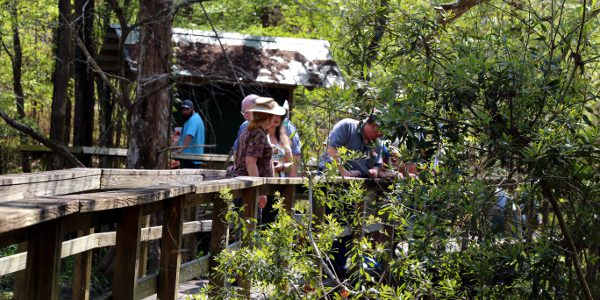
Start with the ancient Druids
We don’t know much about the ancient Druids, but we know they were religious specialists in an animist and polytheist society. While Ross Nichols may have forced them into a modern three degree system, OBOD’s classifications of Bards (musicians and storytellers), Ovates (healers and seers), and Druids (leaders and priests) has a reasonable basis in history.
Other interpretations and other structures can be just as valid, but if you’re not going to look back to the ancient Druids for inspiration, pick another name for what you do. These are the things Druidry – or if you prefer, a Druidry – is concerned with.
Connect with your ancestors
The ancient Druids are our spiritual ancestors – so are the revival Druids, even if they aren’t as sexy. It is likely some of them are also our physical ancestors, particularly those of us whose families came from Britain and Ireland.
We also have more recent ancestors. Much of what we enjoy in life is because of them and the foundations they laid – connecting to them and honoring them is a good and right thing to do. Listen to them. Pay attention to what they tell you. We live in a time where “new and improved” is everywhere, but the old ways often have great wisdom and value.
Connect with the land
There’s something special about wild places, but all land is sacred including the cities and suburbs. All land is alive. Connect with the land – take off your shoes and walk barefoot in the grass. Watch the squirrels, listen to the birds, hug a tree. Better yet, sit down and listen to a tree. Do not expect to hear it with your physical ears, but a tree can communicate with you, if you’ll slow down long enough to hear it.
Druidry may have begun in Britain and Ireland (or maybe it didn’t – we really don’t know) but it can be practiced anywhere. Connect to the land where you are.
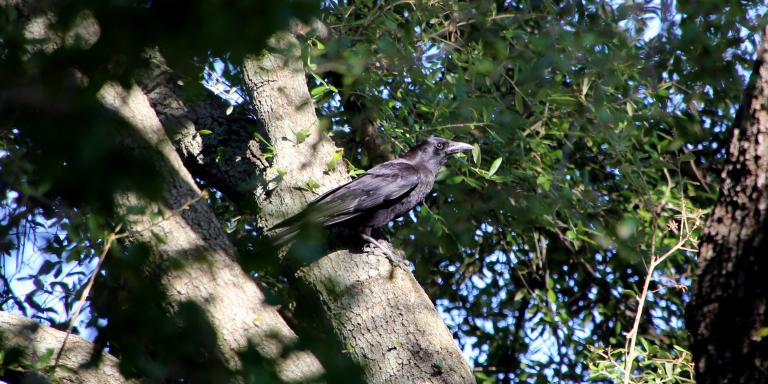
Connect with the Gods
We know very little about the Gods of the Druids. The Druids kept an oral tradition, and their stories were not written down until well into the Christian era. But we know a bit, and much of what we don’t know has been filled through practice, devotion, and UPG.
Does that seem wrong to you? How do you think the ancient Druids learned about their Gods?
Different people have different ideas about who and what the Gods are. There is no such thing as Druid orthodoxy. But ultimately, what you think about the Gods is less important than the fact that you connect with Them, however you conceive of Them.
Listen to the Gods. Pursue the Gods. Worship the Gods. Wrestle with the Gods. There are many ways to connect to the Gods – pick the one that works for you.
Practice your Druidry
Should we say Druidry or Druidism? I strongly prefer Druidry. It isn’t an –ism that we believe, it’s a –ry that we do.
Read and study – we all need to develop a solid foundation for our religious and spiritual practices, and we need enough context to be able to tell the crap from the not-crap. Spend time outside, whether in communion and devotion, in service to the Earth and all her creatures, or just being a part of it all. Honor your ancestors – call their names and tell their stories. Honor the Gods.
Serve your community. Perhaps your community is a grove of your fellow Druids. Perhaps it’s a collection of diverse Pagans and other like-minded folks. Maybe it’s your extended family, or your neighborhood. Ancient Druidry was not practiced in isolation – our contemporary Druidry needs a community as well.
Occasionally I’m asked how I can call myself a Druid when none of us have a direct lineage to the ancient Druids, and we can’t even be sure what they thought and what they did. My answer is that whatever or whoever first called those ancient Druids to their Druidry can also speak to us, if we will only listen, and respond.
If we practice Druidry we can become Druids, where ever we are.


